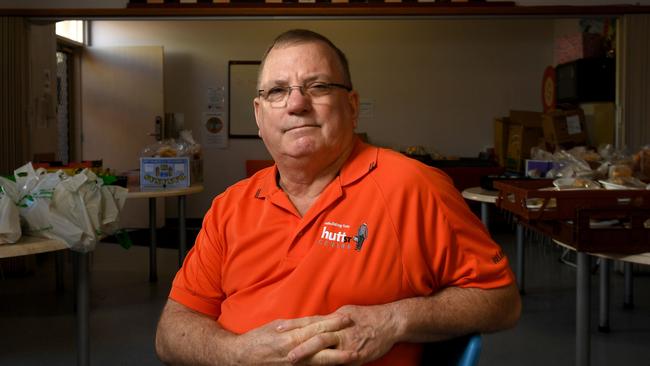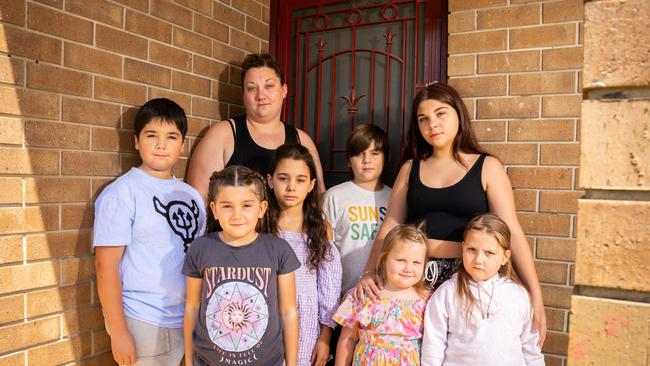Young professionals, white-collar workers among surging numbers seeking help from Hutt St Centre
Forget the stereotypes, the cost of living crisis has forced “very functional” workers into homelessness – with one Adelaide support service revealing a spike in clients each week over the past 12 months.
SA News
Don't miss out on the headlines from SA News. Followed categories will be added to My News.
The Hutt St Centre has seen soaring numbers of clients seeking homelessness services, with young professionals, women and white collar workers among increasing numbers South Australians finding themselves on the street.
Hutt St Centre CEO Chris Burns says a record 185 people used the service last Tuesday, as the cost of living and housing crises tip “very functional” workers over the edge.
On average, 20 people more per week had sought help from the Hutt St Centre over the past 12 months.
“We’ve had white collar workers turning up who literally couldn’t afford their rent, or have had to vacate their property, or their relationships have broken down because of all the stresses in life,” Mr Burns said.
“Increasingly for us, after every national interest rate rise we would see a spike in numbers (of clients) three to four weeks later.”

Mr Burns said rental increases were often the tipping point that forced people into homelessness, particularly women with children and young couples.
Latest data shows South Australia’s rental vacancy rate is just 0.65 per cent — the lowest in the country.
“As power bills go up, as grocery bills go up, as fuel costs go up, the straw that breaks the camel’s back is when the landlord comes in and says: ‘I’m increasing your rent by 20 or 30 per cent’,” Mr Burns said.
“These are people who have never considered what being homeless involves.
“So when they come to us, they’re very complex, they’re fearful and they’re in shock.”
While Mr Burns said he believed the long-term solution was greater investment in social housing, more also needed to be done to address the number of houses sitting vacant in SA.
“On census night in South Australia there were 80,000 privately owned houses or apartments that were sitting vacant,” he said.
“I always say, if we could get 5 per cent of that 80,000 we could house most of the homeless in South Australia.
“Freeing up accommodation that already exists it an immediate solution and probably a lot less expensive than building new homes and having to wait a number of years for that to occur.”

Mr Burns said it was also important to provide holistic wraparound services to those experiencing homelessness.
The Hutt St Centre’s Aspire Program, which has helped find secure housing for 575 South Australians over the past six years, had also led to 37 per cent of participants securing jobs, and others commencing courses of qualification.
“Part of the solution is the understanding that a house is just a roof — it only becomes a home when the person living in it feels safe … and that they are contributing back to society,” Mr Burns said.
“It’s about keeping people out of hospital, keeping people out of out of jail and keeping them out of short term, emergency cheap motels — which saves the state government money.
“If you invest in caring for people in the long term, and focusing on ‘homefulness’, not just housing, you’ll have success.”





